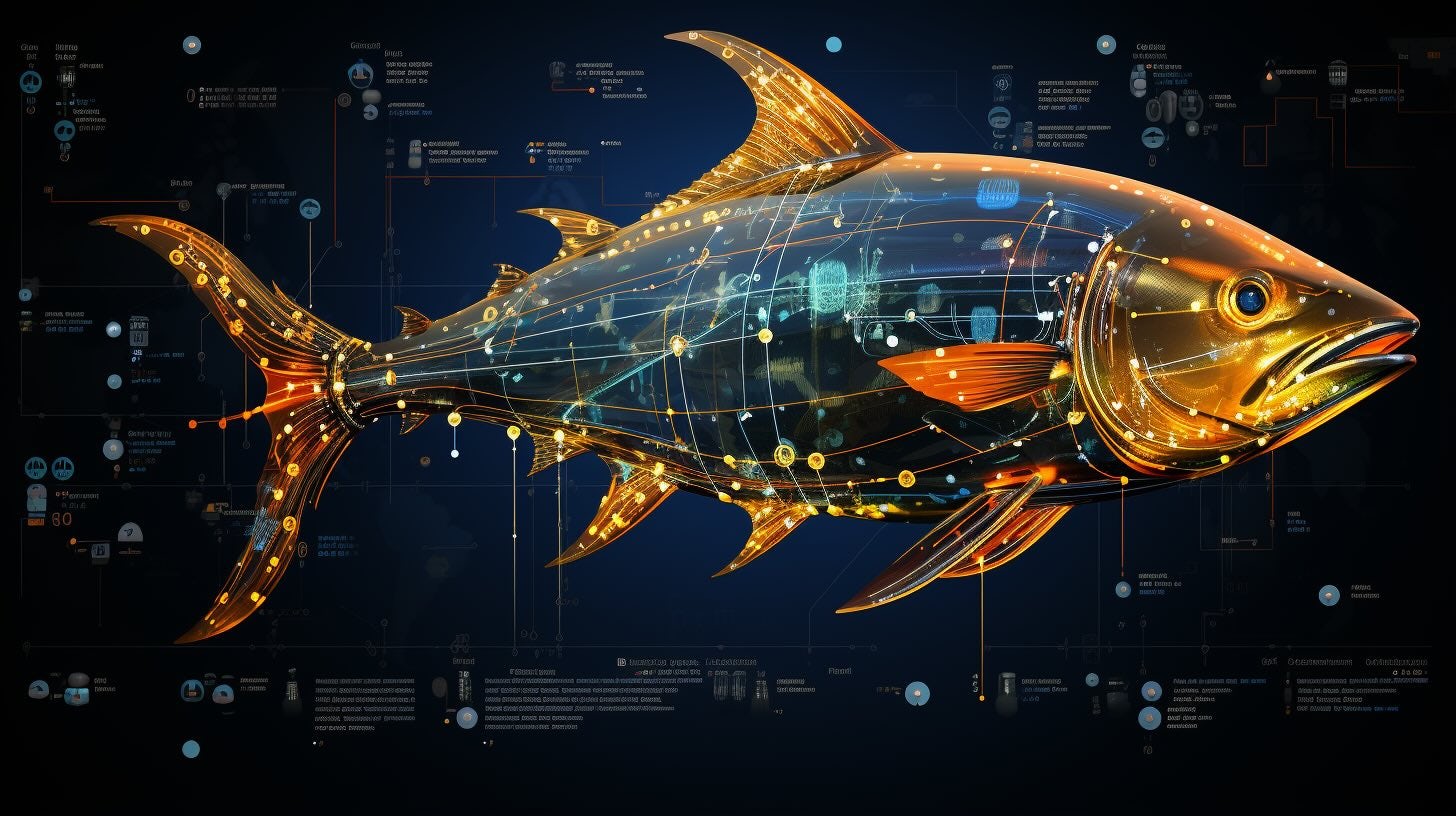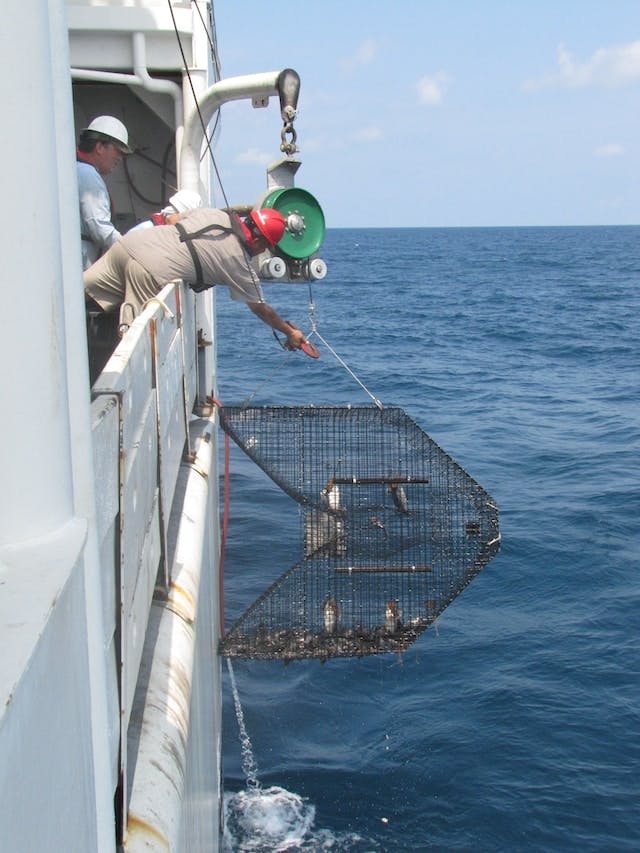Case Study - Harnessing Edge Computing and Artificial Intelligence for Enhanced Fisheries Management
Collaborating with industry partners, we developed an innovative edge computing and AI solution with the potential to transform electronic monitoring in fisheries, delivering near real-time assessments of fishing activity and advancing sustainable fisheries management.
- Client
- The Nature Conservancy
- Year
- Service
- Electronic Monitoring, AI, Data Warehousing, Analysis

Overview
The Nature Conservancy’s Large-Scale Fisheries team is dedicated to promoting sustainability in global fisheries, with a particular focus on enhancing the effectiveness and efficiency of electronic monitoring (EM) systems. To address the challenges associated with traditional EM methods, TNC partnered with productOps to explore innovative solutions leveraging artificial intelligence (AI) and machine learning (ML). This collaboration resulted in a proof-of-concept project aimed at demonstrating how we can use these technologies to improve data collection and analysis in fisheries management, by processing data on the vessel.
The project brought together a diverse team of technology partners, local vessel owners, and fishers to implement a robust on-vessel priority assessment tool. This tool compared electronic logbook (eLog) data with AI-analyzed video footage to provide near real-time risk assessments of fishing activities.
The Challenge
Electronic monitoring (EM) in fisheries management faces several significant challenges. While EM systems can capture extensive video footage of fishing activities, the data still requires human analysis post-trip. This analysis is both time-consuming and costly. Due to the high costs, reviewing the entire trip footage is usually impractical, leading to a random selection of subsets for review. This random selection risks missing crucial activities essential for effective fisheries management. Additionally, electronic logbooks (eLogs), which captains use to self-report fishing activities, are often unreliable or incomplete. This unreliability further complicates efforts to monitor and manage fisheries sustainably.
The Solution
productOps, in collaboration with TNC and several technology partners, developed an integrated edge system. This system included advanced AI models to process video footage from EM systems, eLog applications for captains to record fishing activities, and edge computing devices to analyze data in real-time on the vessels. The AI models were designed to detect and count fish, providing crucial data for risk assessments. The edge system then compared these AI-generated counts with eLog entries to identify discrepancies and prioritize review efforts.
How It Works
The system scrutinizes every caught fish, assessing factors like size, species, and the method of catch, to ensure adherence to sustainable fishing guidelines. Simultaneously, it monitors the working conditions of the crew, safeguarding against human rights abuses. This dual approach not only promotes environmental responsibility but also advocates for the well-being of those who work tirelessly at sea.
Impact and Future Directions
productOps' solution is more than just a technological marvel; it's a beacon of hope for the oceans. By providing transparent and verifiable data, it empowers regulatory bodies and fishing companies to make informed decisions that favor sustainability and ethical practices. Looking ahead, productOps plans to refine their AI models further and expand their monitoring capabilities, potentially revolutionizing the way we approach ocean conservation and worker welfare in the fishing industry.
Conclusion
As we sail into an era where technology and sustainability must go hand in hand, productOps' electronic monitoring system stands as a testament to the power of innovation in addressing some of the most pressing challenges of our times. By harnessing the capabilities of machine learning and AI, they are not only protecting marine ecosystems but also championing the rights of those who toil in these waters. This pioneering approach is a significant step towards a future where sustainable fishing is not just an aspiration but a reality. With productOps' technology, we are witnessing a sea change in the fishing industry, where transparency, sustainability, and ethical practices become the new norm. It's a promising horizon, and productOps is steering us towards it with determination and ingenuity.
- Electronic Monitoring
- AI
- Machine Learning
- Data Warehousing
- Analysis
Download the Report

Download the PDF: Edge Based Risk Assessment
Reliable and accurate information from on-the-water monitoring benefits every step in the supply chain, ensuring tuna supplies for future generations, verifying compliance with fishing regulations, and delivering the standards consumers expect from the industry.

nature.org
- Images processed per boat daily
- 86K
- Distinct Machine Learning Models
- 3
- People depend on fish for protein
- 2.9B

